Hockey Style catcher's Mask vs Traditional Mask - Which is Better?
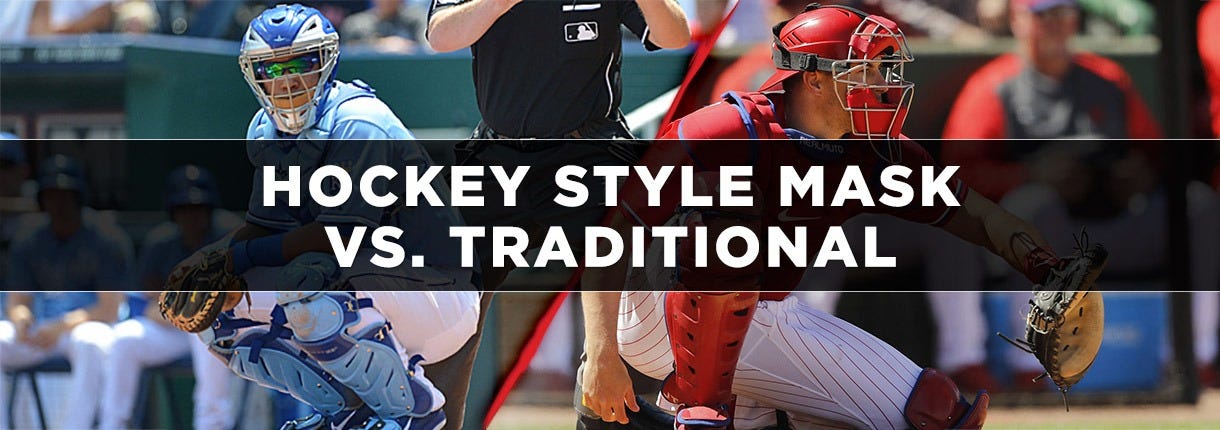
As a catcher, being protected from fast-paced game action is top priority. That’s why it’s important to consider the differences between traditional and hockey-style catcher's masks when choosing your equipment.Both types of masks have their advantages and disadvantages, so it’s crucial to weigh your op
tions before making a decision.
To see more options, check out our full selection of catcher masks & helmets.
Read on to learn more about the differences between traditional catcher’s masks and hockey style masks.
In this article, we’ll cover:
- What Are the Different Types of Catcher’s Masks?
- Traditional catcher's Mask Pros & Cons
- Hockey Style catcher's Mask Pros & Cons
- Which Catcher Helmet is Best?
- FAQs About Catcher Masks
What Are the Different Types of Catcher’s Masks?
There are two main types of catcher's masks: Traditional and hockey style.
Both offer protection for the player behind the plate, but there are some major differences to note.
Traditional catcher’s masks are lighter in weight than hockey style masks and don’t obstruct your view of the field. This makes them ideal for players who want maximum visibility when tracking pitches or trying to pick up signs from coaches. Some say that traditional masks are also more comfortable since they don’t add any extra bulk around your head or face.
However, traditional masks provide less protection against errant pitches than hockey style masks. This is due to a lack of padding and reinforcement on specific areas like the forehead and temples.


Hockey style catcher’s masks offer more protection than traditional models. They have reinforced construction with additional padding in critical areas such as the forehead and temples that help absorb impact better if hit by a pitch or foul ball. They also come with a cage-like design that helps protect against flying debris like dirt or dust kicked up during play without blocking your vision too much (although some people may find this mask slightly bulky).
The downside is that hockey style masks can be heavier, making them less comfortable over long periods behind home plate – especially during hot summer days!


It all comes down to personal preference when choosing between traditional vs hockey style catcher’s masks. Both will keep you safe while playing baseball or softball, but depending on how often you’re catching games (and how hot it gets), one might suit your needs better than another.
Traditional Catcher's Mask Pros & Cons
Of course, using a traditional catcher’s mask has both benefits and drawbacks. These masks have been used for decades and are the most common mask style on the diamond. They’re known for protecting players from injuries while allowing them to see and breathe easily. However, they do come with their own set of disadvantages.
Traditional Catcher’s Mask Pros
The benefits of using a traditional catcher’s mask include:
- More affordable
- Offers protection in areas a hockey style mask doesn’t
- Have been shown to reduce the risk of concussion
- Some catchers feel this style provides better visibility – because the mask isn’t as large and bulky, it allows more peripheral vision while still being able to shut out foul tips and balls that come straight at you. In addition, because these masks have less material covering the face and ears, they allow for better hearing which can help when calling pitches or communicating with teammates on defense
- More comfortable than hockey style masks because they don’t have as many pieces or straps that need adjusting
Traditional Catcher’s Mask Cons
Some disadvantages to traditional style catcher’s masks include:
- Back and sides of the head aren’t as protected
- Some feel this style has a limited visibility range
- The traditional catcher’s mask is more difficult to put on than the hockey style baseball catcher's mask because it requires more pieces that need to be adjusted for them not to move around while playing
Hockey Style Catcher's Mask Pros & Cons
Hockey-style catcher's masks have become increasingly popular over recent years due to their superior level of protection compared to traditional models. But, just like traditional masks, hockey style catcher's masks have pros and cons.
Hockey Style Catcher’s Mask Pros
Hockey style masks have some clear advantages over traditional masks.
- Hockey style catcher's masks can be more comfortable to wear
- Multiple layers of padding around the face, as well as extra coverage on the sides to help protect against impacts from wild pitches or foul balls
- Often come with additional features such as adjustable straps or removable chin cups which provide even more security when behind home plate
- Lightweight construction that allows for greater mobility when catching pitches or making plays at home plate
- Some players feel visibility is improved
Hockey Style Catcher’s Mask Cons
Despite the advantages, hockey style masks have several drawbacks, too:
- Tend to be larger than traditional catcher's masks and can be heavy when worn for long periods
- Can be uncomfortable for players not used to wearing them, which could lead to distraction during games or practices
- The straps can be uncomfortable, particularly if they rub into your hairline or scalp
- May not fit properly on smaller players, leaving them vulnerable to injury if they take an errant pitch or foul ball off their face while behind the plate
- Cost – more expensive due to their increased size and complexity in design
Which Catcher Helmet is Best?
When choosing a catcher's mask, it’s important to consider both traditional and hockey styles.
Traditional masks offer more protection for the front of the face, while hockey style masks provide more coverage for the sides and back of the head. Comfort should also be taken into account when making your decision. No matter what type you choose, make sure the mask fits properly and provides adequate protection against any possible impacts during gameplay.
Are traditional catcher's masks safe?
Traditional catcher’s masks have been used for decades and are still considered safe for players. They provide adequate protection from the ball with their thick padding and strong metal grills that cover the face. However, there is an increasing trend towards hockey-style catcher's masks due to their superior protection capabilities.
Do catchers wear hockey masks?
Hockey catcher's masks differ from hockey goalie masks because they do not have a cage covering their face and head. Instead, they have a chin protector of metal wire attached to an elastic band under the chin, similar to a horse’s bridle.
What is a catcher's mask called?
A catcher’s mask is also known as a “face guard” or “helmet faceguard.” It covers the entire face of the player wearing it, protecting wild pitches, foul balls, and other potential dangers during a game.
Shop Our Selection of Catcher Masks at Baseball Monkey
Both traditional and hockey style catcher’s masks offer protection for catchers. Still, each has its advantages and disadvantages that you should consider before making a purchase. Ultimately, it is up to you to decide which type of catcher’s mask will best suit your needs.
Whether you choose a traditional or hockey style catcher’s mask, make sure it fits properly so you stay safe while playing your game and protecting the plate.
Looking for the best protection and catcher’s gear? Look no further than Baseball Monkey! We have a wide selection of traditional and hockey style catcher's masks and other gear to ensure your catcher is safe and secure while behind the plate.
Shop our vast selection of catcher masks & helmets today to find the perfect mask for your game!

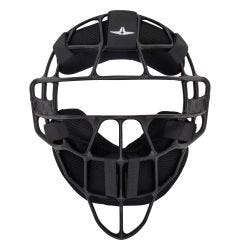


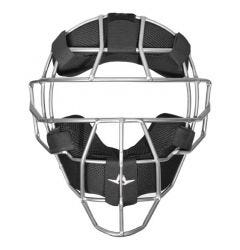
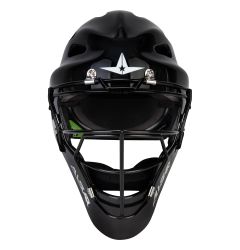





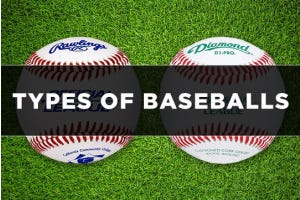

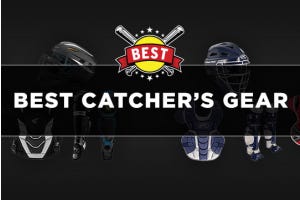


Login and Registration Form
or
Create an account